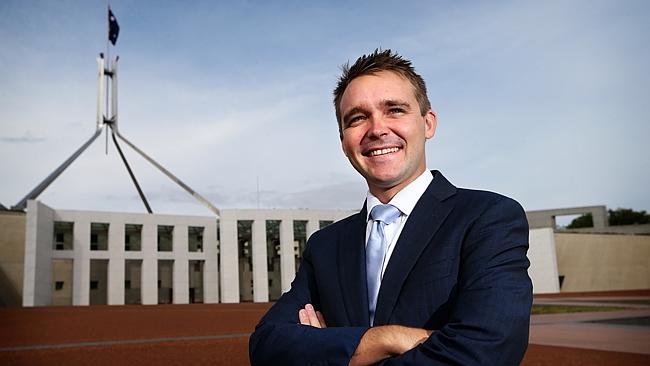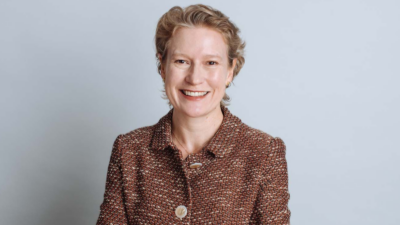Government flags ‘reverse pitch’ to help tech start-ups
(pictured: Wyatt Roy)
by Trevor Dixon*
Tech start-ups may have the capacity to create solutions but in many cases lack the distribution and reach to identify the problems crying out for those solutions, according to Wyatt Roy, the Federal Government’s assistant minister for innovation.
Roy spoke at the second ‘TechTank’ roundtable organised by law firm MinterEllison and corporate advisory group Newport Capital in Sydney last week. He said that, conversely, large tech firms had the reach to be across many problems but might lack the agility to develop a solution.
As a way to start to address the gap faced by tech start-ups and as part of the ‘National Innovation Agenda’, Roy said the Government was planning a “reverse-pitch style” forum. This would involve the Government identifying a number of problems that it believed needed to be addressed and then inviting start-ups to “reverse pitch” solutions to those problems.
No doubt the forum will pick up some leads from similar events overseas, other domestic forums and the work of the Digital Transformation Office. It should be an interesting process.
Roy, aged 25, was elected to parliament as a 20-year-old, and noted that studies had predicted that as many as 60 per cent of the jobs that today’s youth will fill in the future don’t yet exist – emphasising the era of change that is upon us.
In opening the TechTank II discussion, MinterEllison advised the assembled mix of investors and tech specialists that of the five parties who spoke at the first event last year, one was in late stage funding negotiations and two were in the early stage.
Anthony Lloyd of MinterEllison and Mark Iles of Tech Research Asia, both of whom spoke at the first event, were joined on the panel for the second one by Wyatt Roy and Andrea Kowalski, the investment director at venture firm Bailador Investment Management. This time four proven technology firms presented to the panel and the roundtable participants. They were:
- MoneyPlace, an online marketplace connecting credit-worthy borrowers with investors. MoneyPlace is focused on consumer – and not small business – finance. Founder Stuart Stoyan (who is also on the committee of the newly formed Fintech Association of Australia) believes that its process which is supported by in-house credit expertise will remove friction from the consumer lending process. Interestingly (to me at least) MoneyPlace also talked of the potential for P2P lending to “graduate” to be an investment asset class in its own right.
- MavSocial, which operates in the burgeoning area of social media and aims to provide an end-to-end content management and publishing solution for brands and agencies. Chris Hodgeman says MavSocial aims to capitalise on the increasing market demand for integrated social media cloud solutions to manage social media digital assets, campaign planning and posting to networks.
- Next Instrument is an Australian company that designs and manufactures instruments for testing food and grain. Phil Clancy, the Next Instruments chief executive, focused on the ‘CropScan Near Infrared Analyser’ designed for combine harvesters. These are designed to provide farmers, grain traders and grain processors with cost effective instruments and real time information for measuring protein, moisture, oil and starch in grains and oil seeds and already feature on many of the combine harvesters in use.
- Wattcost produces an “optical widget” that attaches to home power meters. It senses and identifies power usage from appliances within the home and delivers a “truly smart” home management solution for householders. David Souttar, the Wattcost chief executive, says the simple consumer device connected to a mobile app can transform household appliances into a “smart energy home of the future”.
The panel probed each presenter on things such as target markets, potential revenue sources, competitors, longevity/durability of the technology as well as giving some useful tips from their own experience.
The roundtable participants also probed the presenters and were able to express views via the special mobile app used for the session.
TechTank II was a successful build from the first edition and I am sure that all participants are already looking forward to the third one – as well as the upcoming government “reverse pitch” forum.
*Trevor Dixon is a consultant with a background in payments, e-commerce, investments and superannuation.










